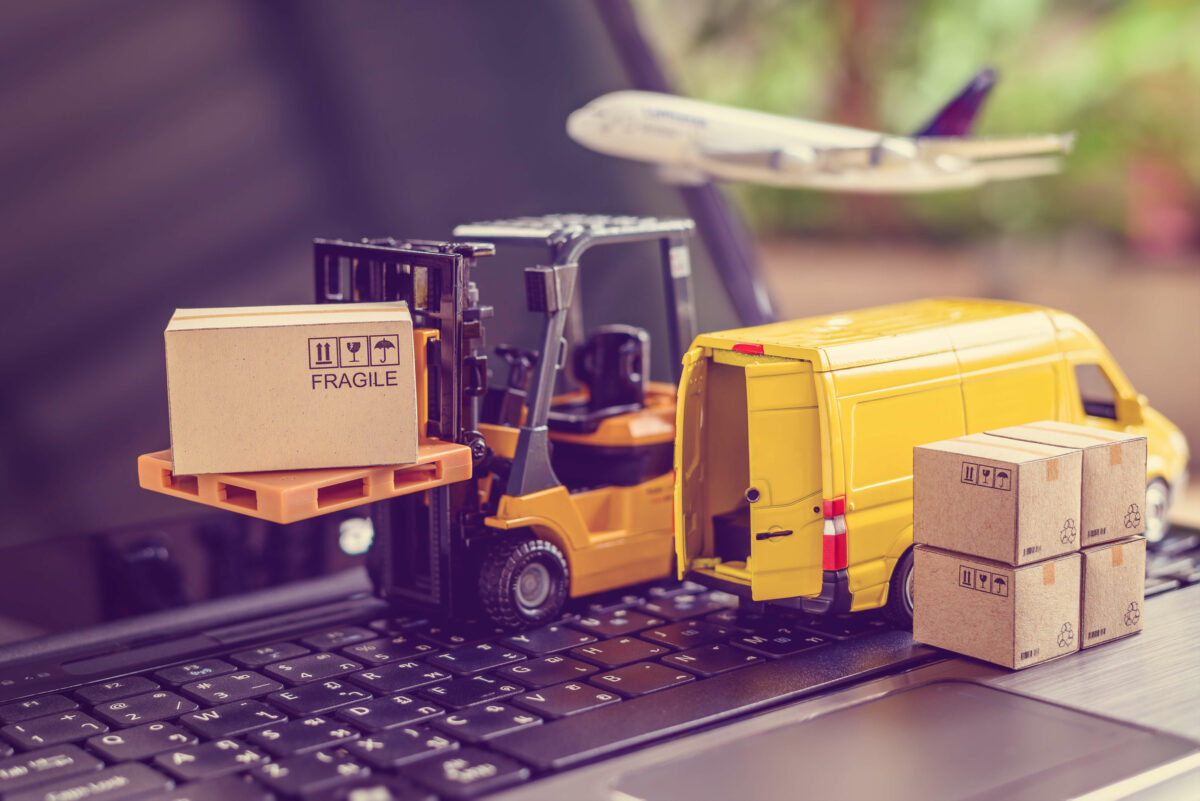The COVID-19 crisis changed our lives dramatically, including how we shopped. Lockdowns forced businesses to shut their doors and e-commerce thrived as a result, as online became the only retail outlet available for many.
E-commerce exploded during the pandemic out of necessity. So how has that impacted on the e-commerce industry as a whole? We’ll explore all of that in this post.
Many call this a “post-COVID” world, but the situation is still evolving and we can’t say for certain that it is over. However, we can begin to analyze the impact COVID-19 has had on the e-commerce industry and try and learn from evolving customer behavior.
It’s no secret that digital commerce boomed during COVID-19. Global online sales grew by a huge 63% year-on-year in Q3 of 2020, at the height of the pandemic. Growth has since slowed, but e-commerce is still growing, slowing to an 11% growth in Q3 2021.
With this accelerated growth, retailers had to adapt their offering to meet the needs of a new group of shoppers with different expectations. We’ll discuss five of the dominant trends that many retailers that adopted that are here to stay post-COVID:
1. Omnichannel commerce is the dominant retail strategy
Post-COVID commerce is omnichannel. During the pandemic, people shopped via many different devices. That came with certain expectations as customers expected to receive the same experience on each channel.
The modern customer journey is a disjointed one. For example, a customer might discover your product on their phone, browse your website on a laptop, and complete the purchase in-store. This is more typical of the modern customer journey where they interact with your business at multiple touchpoints.
75% of online shoppers now browse via multiple channels before committing to a purchase. Retailers need to look at the totality of their customer experience across on all touchpoints to succeed post-COVID. Modern customers demand an omnichannel experience.
For businesses with a brick-and-mortar store and an e-commerce site, omnichannel commerce starts with e-commerce integration. Your webstore needs to be integrated into the rest of you in-store and/or back-office systems to give customers a seamless shopping experience. When your systems are connected and running from one data source, you can give your customers more accurate information on inventory, pricing, shipping, and much more.
2. Flexible fulfillment is neccesary
Digital commerce was the retail refuge for many during the pandemic. Others explored and demanded new ways of delivery and pick-up from their stores of choice.
Curbside pickup was especially relevant due to the nature of the virus. Grocery stores in particular benefitted from offering a delivery service that minimized contact. While many of these services are only relevant in a particular circumstance, what has remained is the flexibility that customers now expect when it comes to fulfillment.
Customers expect stores to work around their schedule. If home delivery isn’t an option, then they expect to be able to Buy Online, Pick-Up in Store (BOPIS). Allowing customers to collect or receive deliveries at a time that suits them is also essential post-COVID.
3. New product categories are trending
One of the major success stories for products during COVID-19 was online grocery shopping. It soared and dominated the landscape in the early months of the pandemic.
In 2019, 81% of US consumers had never bought groceries online before. There was a complete reversal due to COVID-19. In 2020, 79% of consumers ordered their groceries online.
With the easing of lockdowns this number did reduce, but it didn’t go away completely. There are still many who now order their groceries online instead of shopping in-store.
Home goods and fitness equipment also scaled to new heights during the pandemic, but many predict these categories will return to pre-pandemic levels.
4. Customers are less loyal
One of the core ways COVID-19 changed consumer shopping behavior is in relation to customer loyalty. Keeping customers loyal has always been hard, but post-COVID it’s even more difficult.
36.6% of customers say they now shop with more businesses since COVID. The pandemic levelled the playing field somewhat as customers had the time to find the best price or deal on what they needed. As the convenience of going directly to the store they know was removed, customers found themselves buying from brands they never did before.
Building loyalty will continue to be a challenge in 2023 for retailers. For more on how to build customer trust and loyalty, read our guide.
5. Supply chain disruption is more common
We’ve heard a lot about supply chain disruptions over the past few years. Between COVID-19 and the Russian-Ukraine war, almost every business’ inventory has been impacted by these global events.
According to a survey by the Institute of Supply Management, 75% of companies have reported supply chain disruptions. This resulted in delayed deliveries and more unhappy customers.
Businesses need to build in flexibility into their delivery estimates to mitigate any supply chain disruptions which are becoming more common. Retailers should also ensure they have a good relationship with their shipping carriers and that communication lines are open so retailers can inform their customers about any disruptions.
Conclusion
COVID-19 has changed e-commerce and the way we shop online. The key takeaway from the pandemic is flexibility. Those businesses that build flexibility into how they operated tended to come out of the crisis in good shape.
Flexibility is also on customers’ minds post-COVID. They demand it from the businesses they shop from and they expect retailers to be able to respond to global issues that affect supply chains and inventory.
Get the latest e-commerce tips and news
-

Last-Minute Holiday Prep for Your WebStore
The holiday shopping season is here, and with Black Friday, Cyber Monday, and the festive season around the corner, e-commerce stores must be ready for the rush. If you haven’t started preparing yet, don’t worry—there’s still time to make impactful changes. Here are some actionable tips to ensure your webstore is ready to attract customers,…
-

Boost Your Business with Dynamics 365 and E-Commerce Integration
In the current digital era, businesses face the dual challenge of meeting escalating customer expectations while managing extensive inventory and facilitating seamless transactions across diverse sales channels. For organizations leveraging Microsoft Dynamics 365 Business Central as their Enterprise Resource Planning (ERP) system, the integration with an e-commerce platform can be a transformative strategy. This integration…
-

Why WebSell is Your Leading B2B and Wholesale E-Commerce Platform
B2B and wholesale businesses need more than just a standard e-commerce solution to stay competitive. They need a robust platform. This platform must handle the unique complexities of business-to-business transactions, including custom pricing and bulk ordering. It also should offer seamless integration and advanced account management. That’s where WebSell shines as a leading B2B e-commerce…